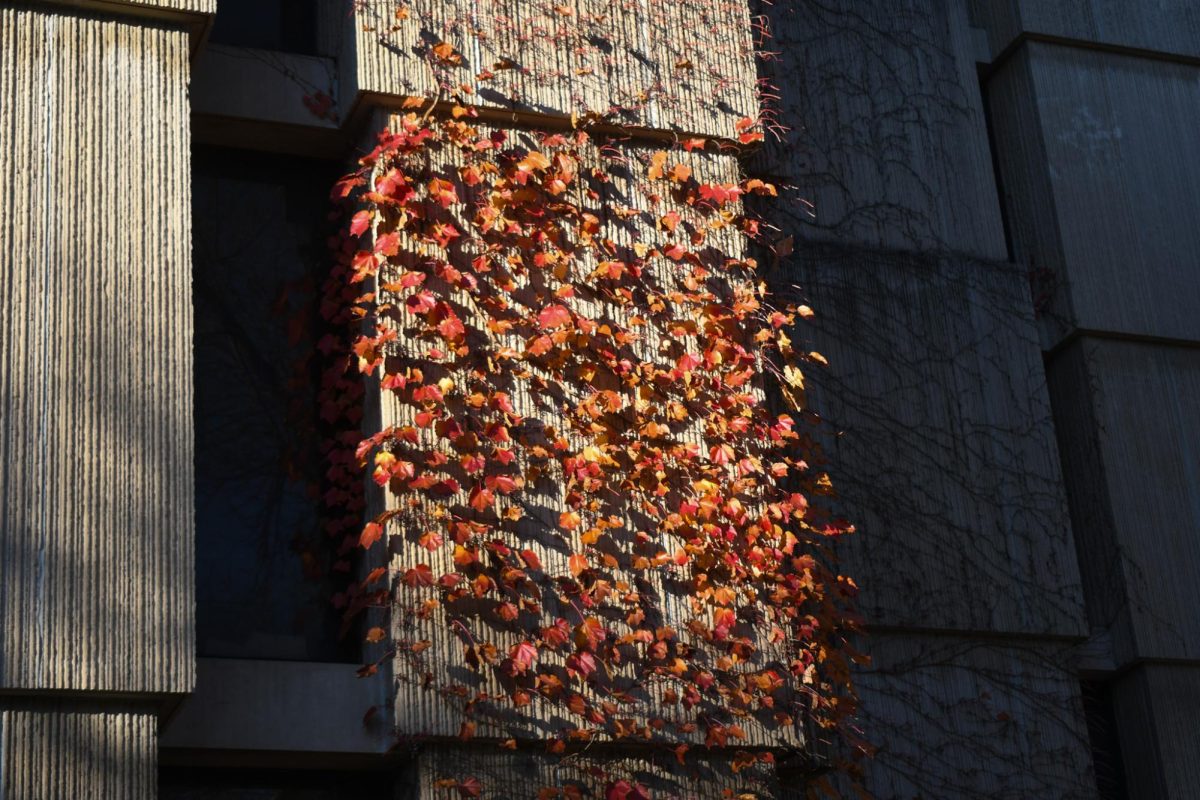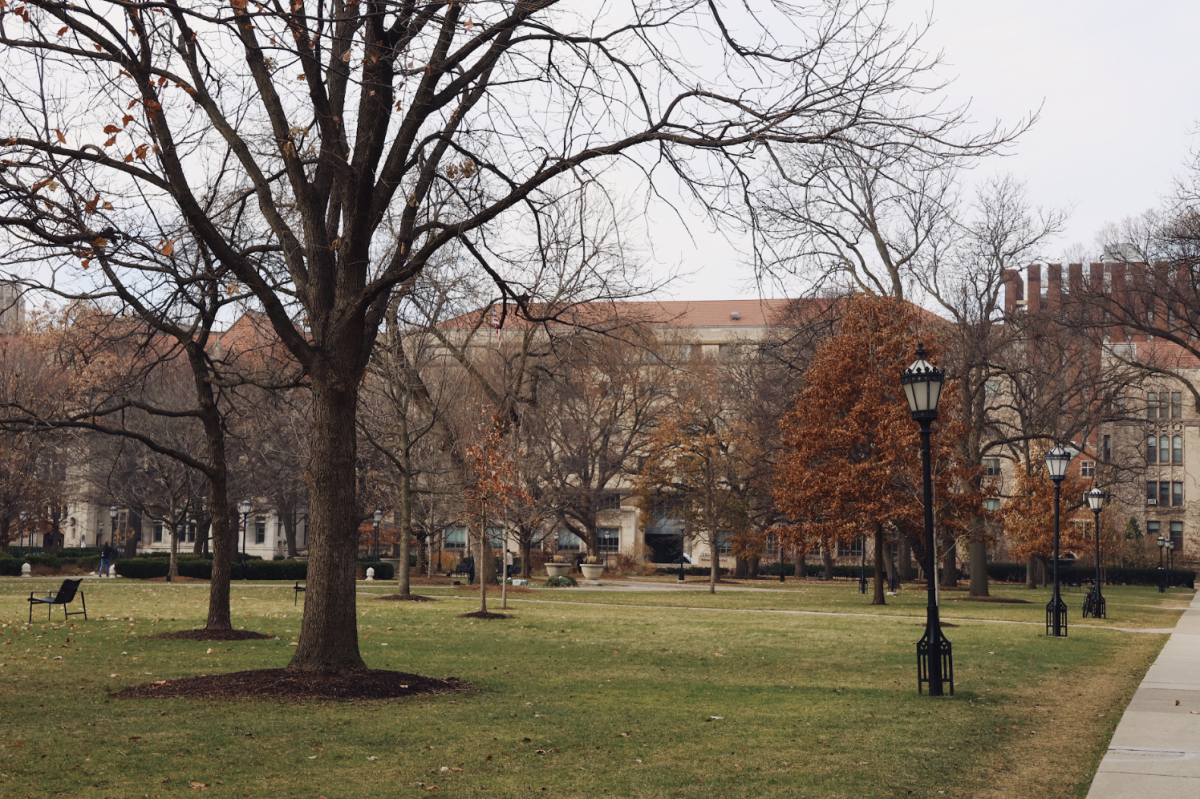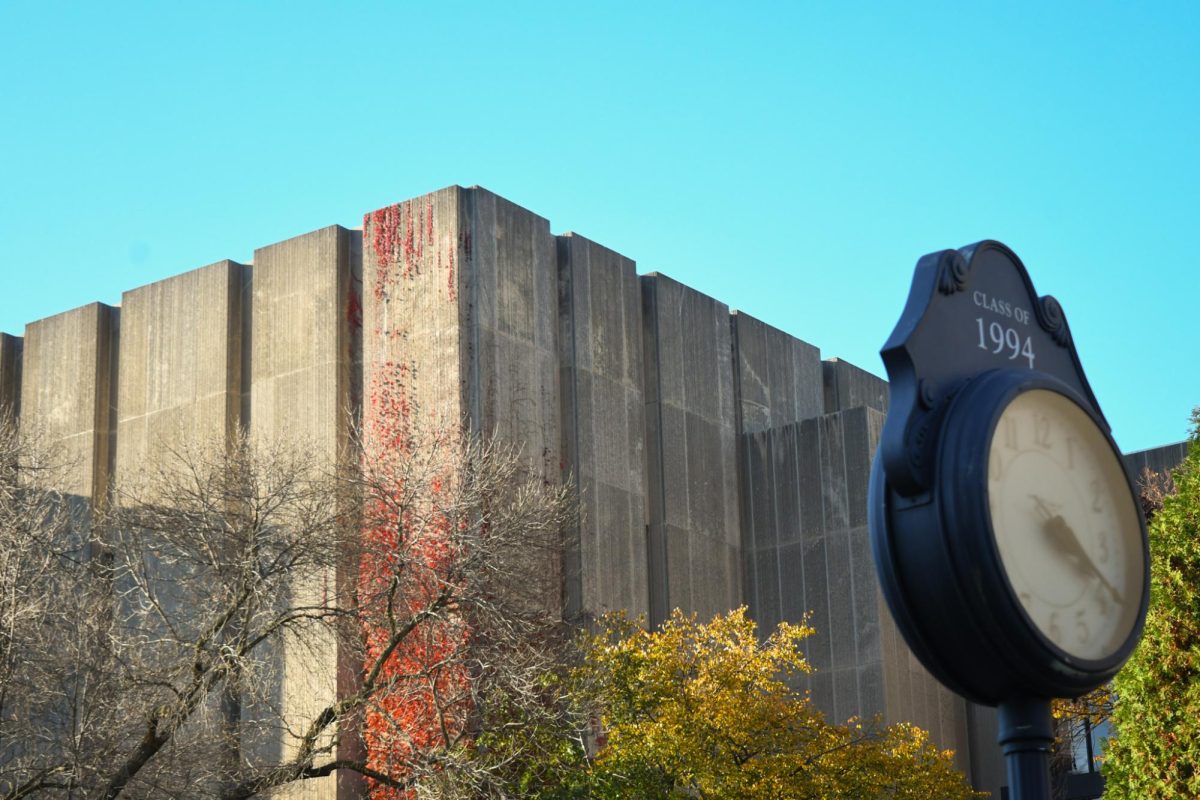I am a multiracial woman. I am almond-skinned, paler in the winter months. My hair is black with thick curls. I am dark-eyed with a straight, freckled nose. I am slightly taller than average.
Frequently, I am asked the question, “What are you?” by classmates, House members I barely know, and once by a well-dressed stranger at a bus stop on 53rd. The absurd broadness of such a question could leave me confused, but I know from experience that the asker always wants to know my ethnicity. I enjoy asking for guesses, taking mental tallies of the most outlandish: Lebanese, Samoan, Filipino— countries and cultures I know little about.
My dialect is about as all-American as they come; I was born and raised in Oak Park, a suburb just outside of Chicago. My Indiana-born father says “pop” instead of soda. My Queens-born mother pronounces “orange” like “ah-range.” I say “swag” and pronounce “Chicago” like a Chicagoan. I think this usually throws askers off.
As frequently as I am asked the question, and as many guesses as I’ve received since my childhood, it is rare that anyone ever assumes that I am mixed. Rather than believe that my ambiguous looks could be the product of two multiracial parents, most people instead search for exotic places and far-off cultures to place me into: two weeks ago I was an Egyptian, my first day of school I was Brazilian, once in a restaurant in Ft. Wayne I was Samoan—are-you-sure-you’re-not?-Samoan.
People’s urge to singularly categorize me is an important reflection of how greater society sees race: as something absolute. I am Black or I am White. I am Latino or I am Asian-American…in my experience, there is little room in the minds of most to grant me the complex and multi-faceted identity of being Black, American Indian, White, and Latino. The concept of someone sharing all of these heritages, of taking part in all of these identities, is something that we, societally, have yet to fully comprehend and accept.
Recent events on campus and nationally have sparked an impassioned and controversial discussion about the treatment of minority students at the University of Chicago and minority people in the United States. As a multiracial student and citizen, I have always been unsure of my place in such discussions, as my racial identity is one that is constantly being questioned and diminished. I am not “black enough” to claim the injustices of Black Americans, though I am not “white enough” to be the oppressor…so I am either placed somewhere outside of the primary conversation, in some far-off place where my unique experiences are better served, or I am carelessly shoved into just one racial category by a desperate student body and population striving to simplify an incredibly complex discussion.
I do not blame the student body. I do not blame the population. The issue is that our society is so reliant on dichotomies, extremes and separation, black OR white, that we see cats and dogs as opposites, apples and oranges as opposites, though these are far from such.
This way of thinking about identity starts early in life, and transcends just race: it is a philosophical, linguistic equation that is entwined so deeply in our everyday thinking and speaking that we do not notice it. If I’m not inside, I am outside. If something is not a lie, then it must be the truth. If I am attracted to boys, then I must not be attracted to girls. If I am female, then I must not be male. If I am Black, then I must not be White. It is this absolute (some may call Cartesian) model of thinking that denies—among many things—the multiracial identity; it is this model of thinking that plagues both a campus and America, shutting down the possibility for a more complex and diverse discussion about race and identity.
I don’t know what it’s like to have dark brown skin, or kinky hair, or an accent. I have not experienced navigating a space with pale skin, an ethnic last name, or parents who do not speak English. But to take ownership of an ethnicity is not to share every privilege and disadvantage with others who share the same ethnicity; this is a giant fault in thought, an over-simplification and Cartesian categorization of race and ethnicity. The Latino, Black, White, and American Indian populations on campus and nationally are immensely diverse communities with people who vary in physical appearance, sexual orientation, socioeconomic status, and education, to name just a few. I have concluded that I am often held at arm’s length from claiming a race or ethnicity only because I additionally claim another.
But my participation in one heritage does not diminish my participation in another.
I am a modern, multiracial woman with blood from peoples who waged war on each other and continue to do so, but that does not mean there is a war within me.
I do not claim to be White or Latina. I claim to be both. I do not claim to be Black or American Indian. I claim to be both. I do so not only because it is my right as a multiracial person to claim my every ethnicity, but also because I have lived experiences of each: I have found my mother’s family crest on a stone building in Ireland. I have eaten arroz con frijoles the way it is done in the Caribbean, with a spoon. I have seen the unmarked grave of my great-grandfather in a segregated cemetery. I have experienced the sense of loss for a culture that today barely exists.
As we continue the discussion of race on campus and abroad, let us not fall into the trap of defining race as something absolute. Let us broaden our understanding of racial identity to include the multiracial one: an identity that, blended, is rich in culture and experience. Our perspective is unique, and though our journey to self-identity is often difficult, we are here. Our voices matter.
Natalie Richardson is a second-year in the College majoring in comparative race & ethnic studies and cinema & media studies.
BLACKLIGHTxMAROON is a column curated by the Viewpoints editors and the editors of Blacklight, UChicago’s premier literary publication for students of color and minorities. If you would like to contribute, e-mail blacklightxmaroon@chicagomaroon.com.









